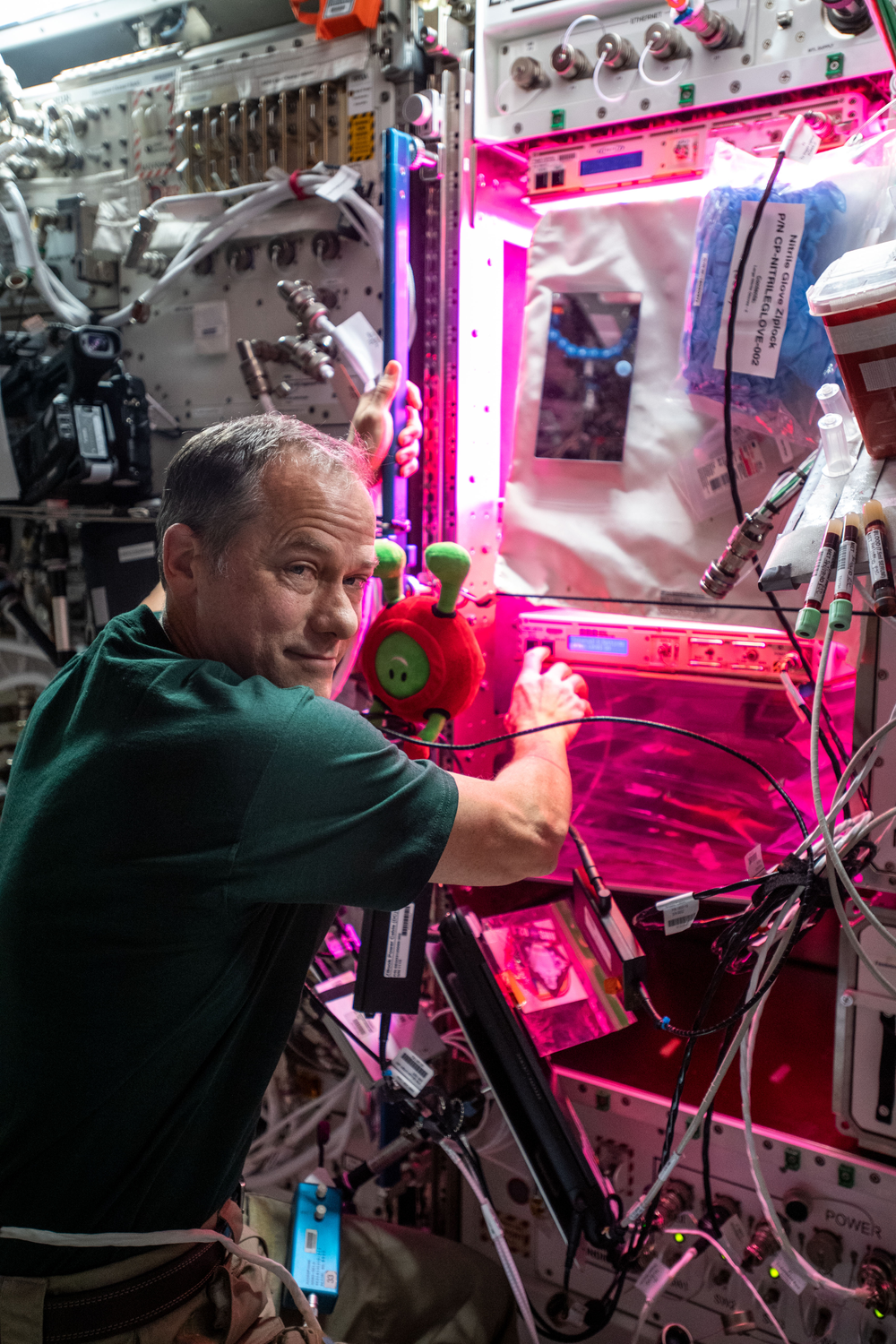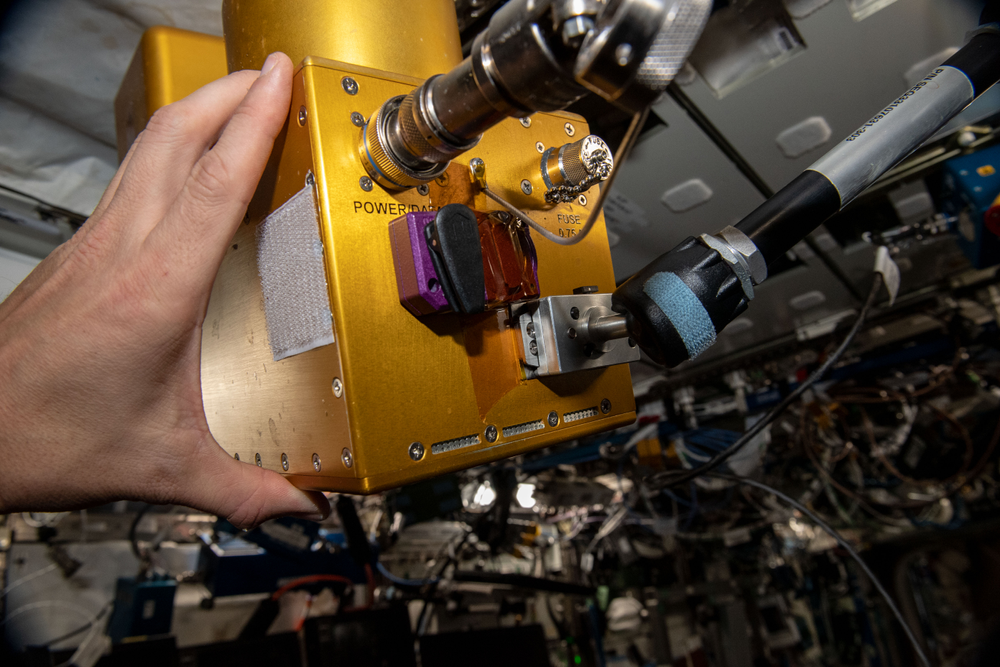Station Science Top News: Feb. 2, 2024
Analysis of osteoblast-like cells showed that microgravity inhibits cell proliferation and DNA repair, stimulates inflammatory pathways, and induces two pathways related to aging. These findings improve understanding of health problems that affect astronauts during long-term missions and of age-related disorders on Earth.
Microgravity profoundly affects human physiology, causing conditions such as muscle atrophy and reduced bone density. The ESA (European Space Agency) investigation Cytoskeleton examined how mammalian cells react to microgravity, testing fibroblast and osteoblast cell lines. Fibroblasts produce collagen, the main component of connective tissue, and osteoblasts are responsible for bone formation. Cells were cultured in microgravity on the International Space Station and in a 1g centrifuge, which made it possible to separate the effects of microgravity from factors such as radiation and launch stress. Results support development of measures to maintain crew member health and performance on future missions and contribute to clinical research on the ground.

***
Researchers demonstrated that the Crew Active Dosimeter (CAD) is a suitable radiation detector for personal use during spaceflight. Space radiation is a major hazard of spaceflight, and monitoring it is vital for developing ways to reduce exposure on long-duration spaceflight and future missions to the Moon and Mars.
Starting with Expedition 1, the International Space Station Radiation Monitoring investigation has gathered, analyzed, and interpreted data on radiation inside the station to help ensure crew safety and mission success. These data come from instruments fixed at various locations and issued to each crew member. The CAD, worn by each crew member, replaced legacy devices in 2020. As expected, wearing a personal radiation detector indicated variability in overall exposure among crew members depending on different shielding configurations during daily activities.








